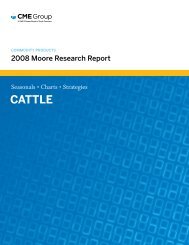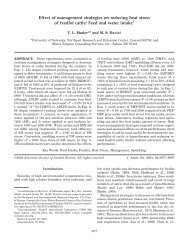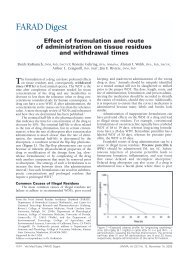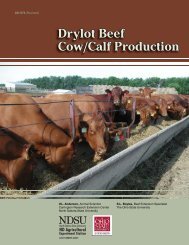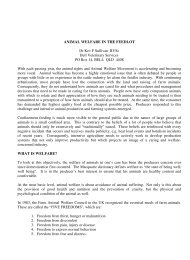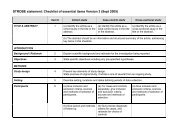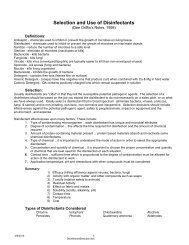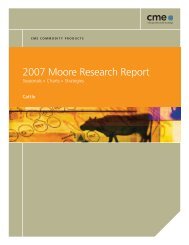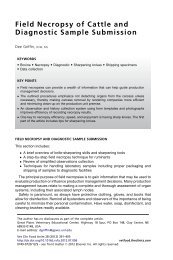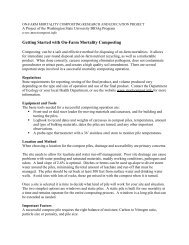CRIMES WITHOUT CONSEQUENCES - gpvec
CRIMES WITHOUT CONSEQUENCES - gpvec
CRIMES WITHOUT CONSEQUENCES - gpvec
You also want an ePaper? Increase the reach of your titles
YUMPU automatically turns print PDFs into web optimized ePapers that Google loves.
Executive Summary<br />
Each year, about 10 billion chickens, turkeys, cattle, pigs, sheep and goats are killed<br />
for food in the United States. The common experience shared by all is slaughter. It is a<br />
process that takes place far from public view, and one that vegetarians and meat-eaters<br />
alike prefer to avoid contemplating. In his classic early 20 th century novel, The Jungle,<br />
writer and social activist Upton Sinclair compared the American slaughterhouse to a<br />
dungeon where terrible crimes were committed “unseen and unheeded.”<br />
Despite the relatively limited attention given to the killing of animals for food, slaughter<br />
practices in the United States have come under increased scrutiny in the past decade, due<br />
to the disclosure of multiple incidents of grossly inhumane treatment. These revelations<br />
have resulted in actions by Congress to improve enforcement of the national law created<br />
to protect animals at slaughter—the Federal Humane Methods of Slaughter Act. The<br />
impact of these actions on the final hours of the lives of animals raised for food in the<br />
United States is the subject of this report.<br />
A groundbreaking investigation<br />
Due to a lack of published information regarding humane slaughter laws in the United<br />
States, the Animal Welfare Institute (AWI) has published a comprehensive review—the<br />
first of its kind to analyze the level of enforcement of humane slaughter standards at<br />
state, federal and foreign slaughterhouses. This report attempted to answer the following<br />
questions:<br />
•<br />
•<br />
•<br />
•<br />
To what degree is the federal humane slaughter law enforced at federal-inspected<br />
slaughterhouses, and does enforcement vary by animal species, by size of slaughter<br />
plant or by region of the United States?<br />
Are state and federal humane slaughter laws enforced at state-inspected and custom<br />
slaughterhouses, and do state anti-animal cruelty statutes protect animals against<br />
inhumane treatment at slaughter?<br />
Does the United States require compliance with its humane slaughter law at foreign<br />
slaughterhouses approved to export meat products to the country?<br />
Does the meat industry monitor compliance with its voluntary humane slaughter<br />
standards, and does it take action against slaughterhouses failing to meet the<br />
standards?<br />
In search of answers, Dena Jones reviewed and summarized data obtained from more<br />
than 60 public records requests to federal and state agriculture departments, as well<br />
as other documents, covering a 5-year period from 2002 through 2007. In addition,<br />
descriptions of industry slaughterhouse audits, available to the public on the Internet,<br />
were also reviewed.<br />
1




